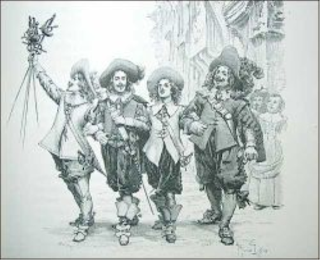
Famous as one of the seven wonders of the ancient world, the Hanging Gardens of Babylon have been the subject of legends. It is said that King Nebuchadnezzar built the fabled gardens to cheer up his wife Amyitis, a Medean princess. Hailing from a mountainous region, Amyitis probably found the arid terrain of Mesopotamia depressingly different from the green and forested land of her parents.
The “Hanging Gardens” were not literally hanging. The gardens were probably “overhanging” as in the case of a balcony or a terrace, hence their name. Ancient historians such as Strabo and Diodorus Siculus describe terraces which were filled with earth on which were planted trees of different kinds. It is said that giant screw pumps were used to lift water from the Euphrates River and water the gardens. The gardens are believed to have been destroyed during an earthquake in the first century A.D.
The gardens must have truly been a sight to behold in the arid and uneventful landscape of ancient Mesopotamia. They would have greatly added to the grandeur of Babylon, which the historian Herodotus said excelled in splendor all the cities in the known world.
image courtesy: commons.wikimedia.com


 When Santa has finished with dispensing his goodies to the world’s children, where does he go back to? Where does he live? Well, according to the people of Finland, Santa lives in the northern part of their country, known as Lapland. He lives in a place called Korvatunturi.
When Santa has finished with dispensing his goodies to the world’s children, where does he go back to? Where does he live? Well, according to the people of Finland, Santa lives in the northern part of their country, known as Lapland. He lives in a place called Korvatunturi.  The Dugong is an aquatic mammal that lives in the sea, usually in shallow areas such as channels, bays, etc.
The Dugong is an aquatic mammal that lives in the sea, usually in shallow areas such as channels, bays, etc. 

 "The Three Musketeers" is a novel by the noted French Playwright and novelist, Alexander Dumas. Set in the backdrop of the French political scene before the French revolution, the novel details the adventures of a young man,
"The Three Musketeers" is a novel by the noted French Playwright and novelist, Alexander Dumas. Set in the backdrop of the French political scene before the French revolution, the novel details the adventures of a young man, 